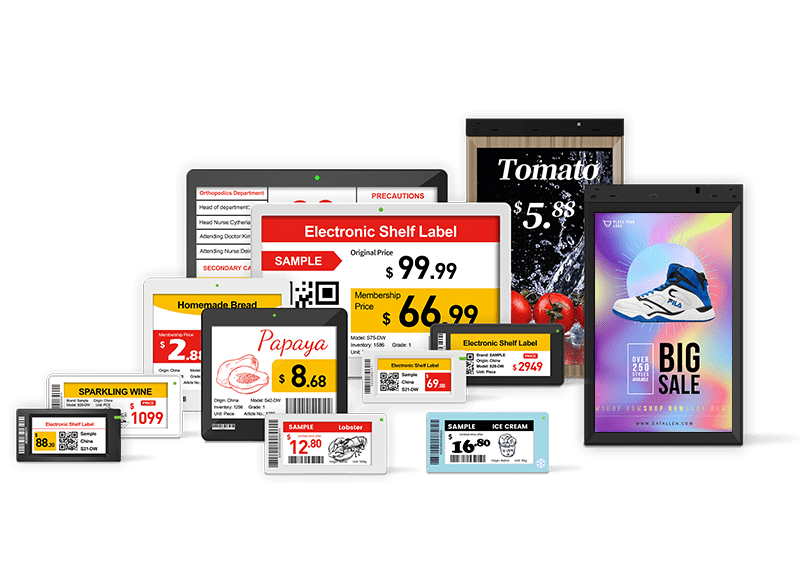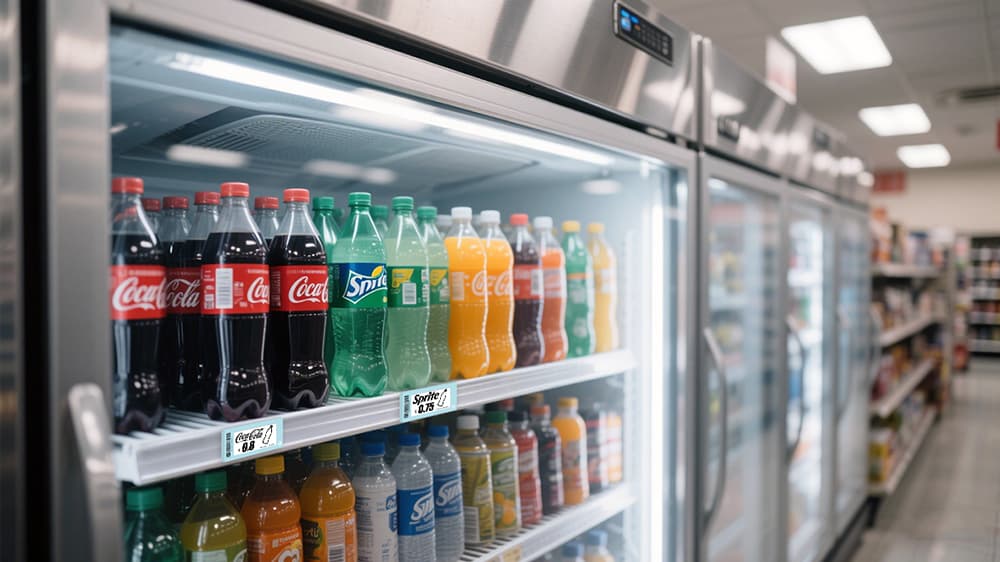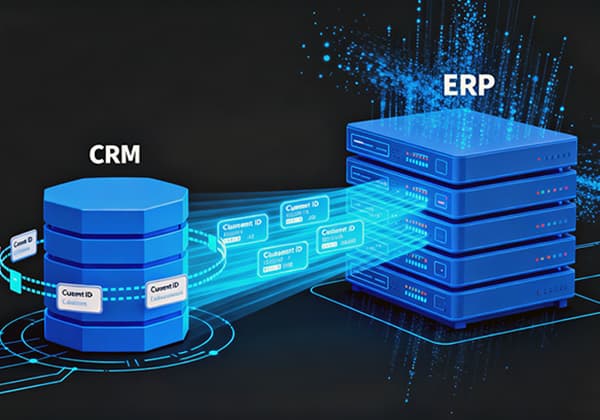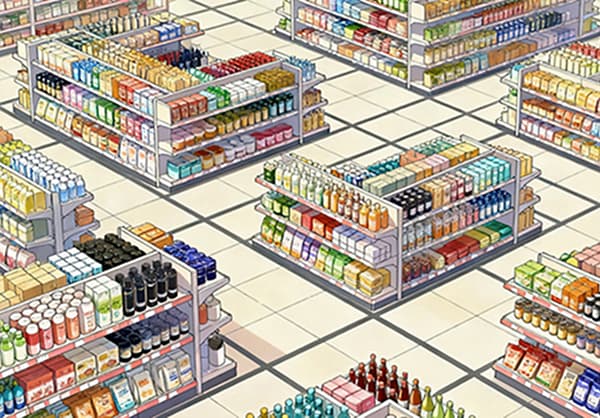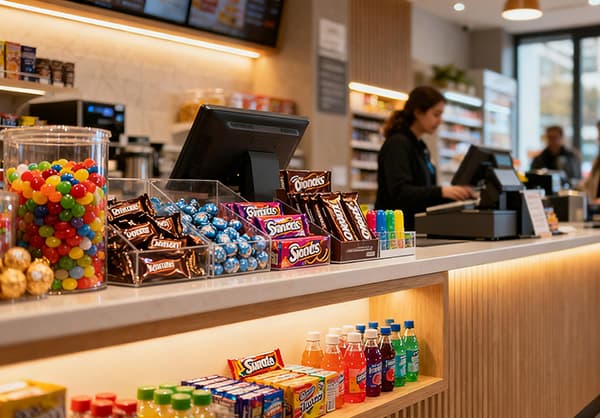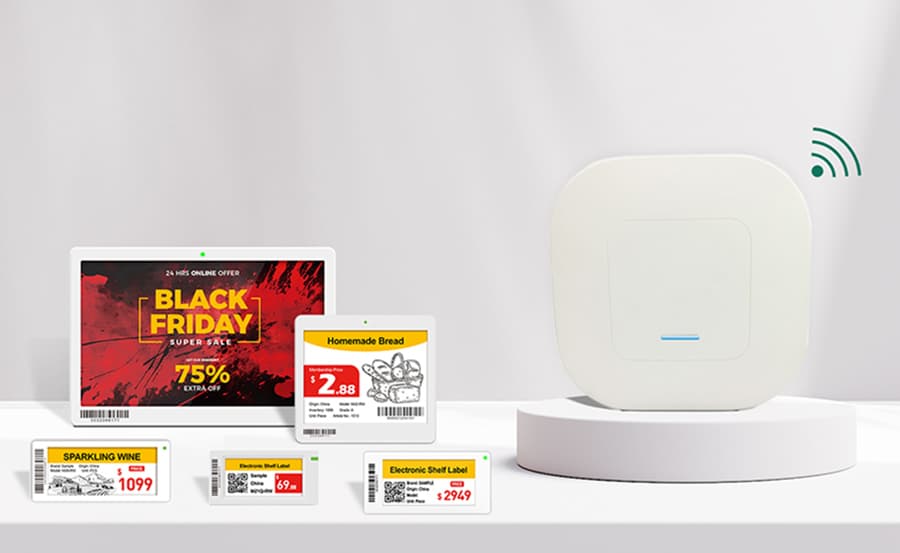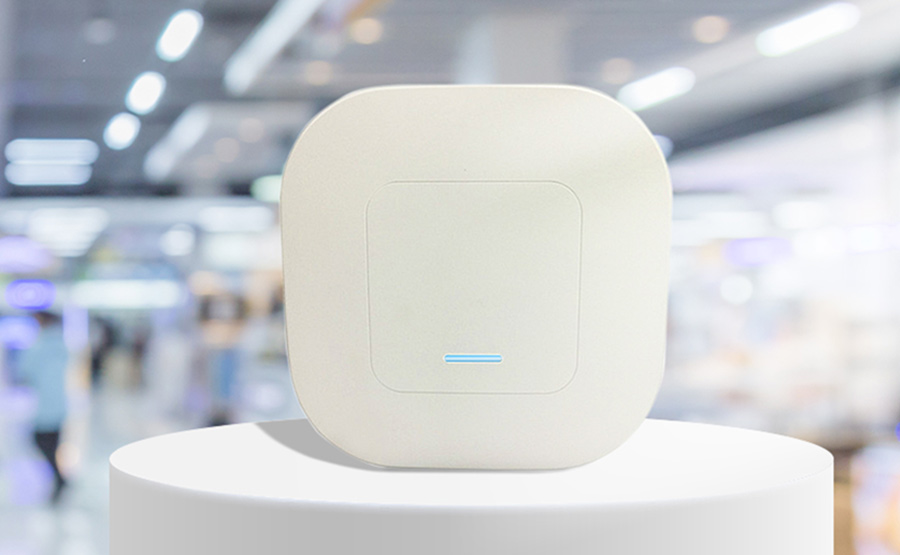Current Trends of the Beverage Retail Market
The beverage retail market is experiencing significant shifts. Health-conscious consumers are increasingly seeking low-sugar, plant-based, and functional drinks, such as those infused with vitamins or probiotics. The demand for convenience is also on the rise, with grab-and-go cold beverages becoming a staple for busy individuals. Additionally, the growth of online shopping has influenced in-store purchases, prompting retailers to enhance the in-person shopping experience to attract customers.
Growth Drivers
Changing consumer lifestyles, such as an increased focus on health and wellness, have fueled the demand for innovative beverage products. The expansion of international beverage brands into new markets also contributes to industry growth. Moreover, technological advancements in inventory management, customer engagement, and digital marketing are enabling retailers to operate more efficiently and effectively.
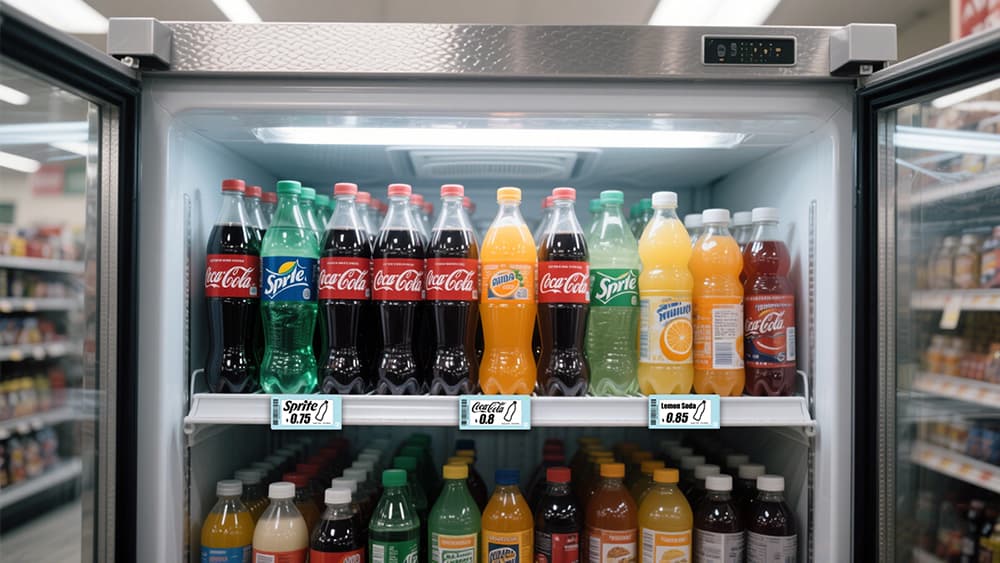
Defining Your Market Position
1. Target Customer Profiles
For grocery beverage shops, the primary customers are families shopping for household essentials, budget-conscious individuals looking for value deals, and daily commuters in need of a quick drink. In contrast, specialty beverage shops attract a more diverse but specific clientele. Coffee shops often appeal to young professionals seeking a morning pick-me-up or a place to work, while bubble tea and smoothie shops draw in students and health enthusiasts looking for refreshing and customizable beverages.
2. Unique Selling Proposition (USP)
Grocery beverage shops differentiate themselves through competitive pricing, extensive product variety, and convenient locations. Offering exclusive deals, loyalty programs, and a one-stop shop for all beverage needs can also attract customers. Specialty beverage shops, however, focus on unique flavors, high-quality ingredients, and a cozy ambiance. Customization options, such as choosing toppings for bubble tea or milk alternatives for coffee, can set these stores apart from competitors.
Cost Estimation for Beverage Shops
1. Initial Investment
Opening a beverage shop requires careful financial planning. The initial investment includes rent and leasehold improvements, which can vary significantly depending on the location and size of the store. Essential equipment, such as refrigerators, freezers, display racks, and point-of-sale (POS) systems, is a major expense. Stocking the initial product range, including popular beverages and necessary supplies, also contributes to the upfront costs. Marketing and advertising expenses, whether through social media campaigns, print materials, or local promotions, are crucial for attracting customers in the early stages.
2. Ongoing Expenses
Ongoing costs for a beverage shop include monthly rent and utilities, which can account for a significant portion of the budget. Employee salaries, if applicable, are another major expense, especially for stores with a large staff. Inventory replenishment is a continuous cost, and retailers must carefully manage stock levels to avoid overstocking or running out of popular items. Maintenance and repairs for equipment, such as refrigerators and POS systems, also need to be factored in to ensure smooth operations.
Every dollar counts when building a hybrid beverage grocery store. Here's a snapshot of common costs and optimization tips:
| Component | Cost Range | Optimization Strategy |
| Cold Storage Equipment | $150K–$500K | Retrofit second-hand fridges with new compressors (save up to 40%) |
| Shop Fitting (40m²) | $80K–$200K | Use PVC anti-slip flooring instead of epoxy (save $12/m²) |
| Digital Systems | $20K–$50K | Replace paper tags with ESLs + digital signage (save $8K/year in labor) |
| Hidden Compliance Costs | ~15% of total spend | Set aside ~ $10K for sustainability and hygiene certification |
Location & Store Design and Visual Merchandising
1. Location Planning
Insights from a former Starbucks VP boil down to two things:
a. Traffic beats rent. Beverage areas positioned near “boomerang destinations” (e.g., dry cleaners, post offices) benefit from habitual footfall.
b. 7-Minute Limit. For low-cost drinks, the entire shopping journey—parking, walking, paying—must feel frictionless.
2. Layout Optimization
Hybrid drink retail design leans into flow psychology:
Cold vs. Hot Zones: Separate cold drinks from hot food counters to reduce temperature fluctuations, lowering energy use by up to 30%.
Loop Layouts: A racetrack path forces customers to pass through premium beverage zones (like local craft beers or imported juices) before reaching essentials.
Designing a clear and intuitive flow allows customers to easily navigate the store and find the products they need. Grouping products by category, such as soft drinks, juices, coffee, and tea, makes it convenient for shoppers to browse and compare options.
Refrigeration Zone Design
The refrigeration zone is a focal point in any beverage shop, especially for stores offering cold beverages. Proper temperature control is essential to maintain product quality and safety. Display strategies, such as using well-lit and organized shelves, can maximize the visibility of products. Datallen's cold-resistant e ink price tags are an excellent addition to the refrigeration zone. These tags ensure clear and high-definition product information display even in low temperatures, enabling customers to make informed purchasing decisions quickly.
Interior Aesthetics
Interior design elements, such as lighting, color schemes, and furniture, can significantly impact the ambiance of a beverage shop. Soft, warm lighting can create a cozy and inviting atmosphere, while bright and vibrant colors may be more suitable for a lively and energetic store. Choosing color schemes that align with the store's brand and the type of beverages offered, such as calming greens and browns for tea shops or bold and bright hues for smoothie bars, can enhance the overall visual appeal.
Low-Cost, High-Impact Aesthetics
Built-in LED strips in refrigerators use 50% less energy than conventional spotlights—and double the visual clarity.
Mixed materials—woodgrain shelves with stainless steel cold cases—deliver a “natural yet high-tech” feel that boosts customer trust.
Effective Marketing and Sales Strategies
1. In-Store Promotions
In-store promotions are a powerful way to drive sales in a beverage shop. Offering seasonal discounts, bundle deals, and limited-time offers can attract customers and encourage impulse purchases. Loyalty programs, such as punch cards or digital rewards systems, can also incentivize repeat business. Displaying promotional materials, such as posters and signage, prominently throughout the store ensures that customers are aware of the latest offers.
2. Digital Marketing
In today's digital age, having a strong online presence is essential for beverage shops. Social media platforms like Instagram and TikTok are effective channels for showcasing products, sharing behind-the-scenes content, and engaging with customers. Creating visually appealing posts, running contests, and collaborating with influencers can help increase brand awareness and attract new customers. Email marketing is another valuable tool for staying in touch with regular customers, sending personalized offers, and promoting new products or events.
3. Community Engagement
Engaging with the local community can build a loyal customer base for beverage shops. Collaborating with nearby businesses, such as cafes, restaurants, or gyms, through cross-promotions or joint events can expand the store's reach. Hosting tasting events, workshops, or pop-up shops in the store or at community gatherings allows customers to sample products and interact with the brand in person, fostering a sense of community and brand loyalty.
Digital Transformation in Beverage Retail
1. Inventory Management
One of the most common pitfalls in beverage shops is overstocking perishable items, leading to waste and financial losses. Using outdated tracking methods can also result in inaccurate inventory records and stockouts. To avoid these issues, retailers should implement a robust inventory management system, such as using e ink price tags and POS integration, to track stock levels in real-time. Regularly analyzing sales data and adjusting inventory orders based on demand can help optimize stock levels and reduce waste.
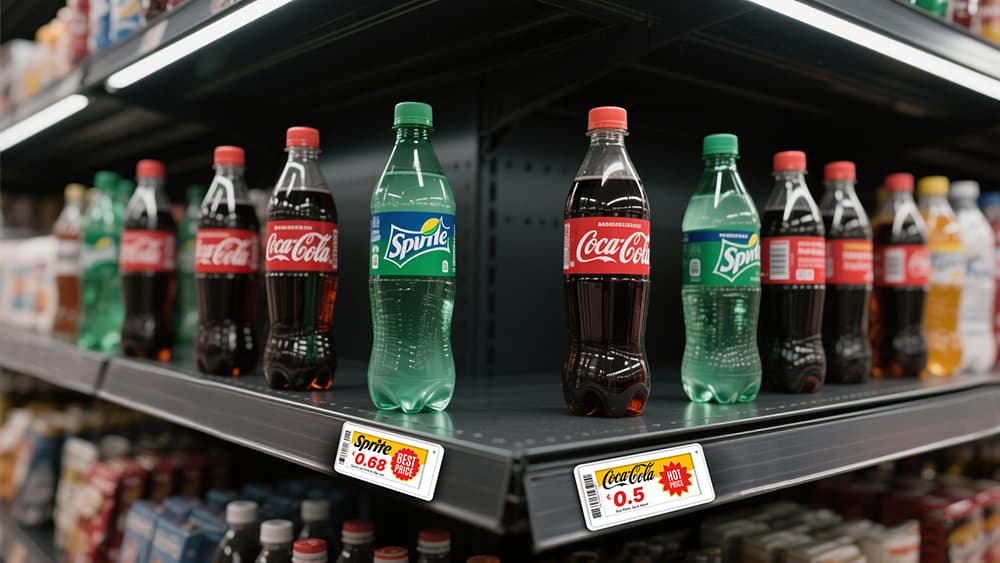
2. Customer Experience
LCD digital signage is an effective way to enhance the customer experience in beverage shops. These displays can showcase dynamic product information, promotions, and branding content, capturing customers' attention and providing them with relevant information. Offering online ordering and delivery services through a dedicated website or third-party platforms also caters to the growing demand for convenience, expanding the store's customer base beyond its physical location.
3. Data Analytics
Leveraging data analytics tools can help beverage shop owners make informed business decisions. By analyzing customer purchase history, preferences, and demographics, retailers can identify trends, optimize product offerings, and personalize marketing strategies. Understanding which products are popular, during which times of the day or year, and among which customer segments can lead to increased sales and customer satisfaction.
Specialized Beverage Shop Considerations
1. Coffee Shops
Coffee shops require specific equipment, such as espresso machines, coffee grinders, and brewing equipment. Menu design is crucial, with options ranging from classic coffee beverages to specialty drinks. Pricing strategies should consider the cost of high-quality coffee beans, milk, and other ingredients, as well as the local market demand and competition. Creating a comfortable and inviting atmosphere, with comfortable seating and free Wi-Fi, can encourage customers to stay and enjoy their coffee.
2. Bubble Tea and Smoothie Shops
Bubble tea and smoothie shops focus on unique and customizable beverage options. Sourcing high-quality ingredients, such as fresh fruits, tea leaves, and tapioca pearls, is essential for delivering a delicious product. Offering a wide range of toppings, flavors, and milk alternatives allows customers to create their perfect drink. Packaging and branding play a significant role in these stores, as many customers take their beverages to go. Eye-catching cups, straws, and bags can enhance the brand image and make the product more shareable on social media.
Common Pitfalls and How to Avoid Them
Many retailers underutilize their beverage section by repeating these common mistakes:
Poor zoning: Mixing cold and ambient products without clear signage
Inconsistent pricing: Manually updated tags that cause confusion or errors
Overcluttered shelves: Too many choices without guidance
Neglecting digital content: Static signage that fails to promote high-margin items
Your Next Step
Whether you're building a family-focused beverage corner or a high-speed city grab-and-go zone, smart investments in cold display and digital signage go a long way.
Datallen offers purpose-built e ink price tags and LCD signage solutions that stand up to cold-chain demands while transforming how you communicate with customers.
For more insights, check out:
1. How Eyeglass Mart Retailers Can Win in 2025: Digital Displays That Drive Real ROI
2. Jewelry Displays for Retail Stores: Merging Aesthetics with Digital Screen
3. What Makes a Smart Pharmacy Better with E Ink Price Tag?
4. Creative Digital Price Tag Ideas for Modern Supermarket Shelving
5. Creative Gift Store Display Ideas for Maximum Impact

